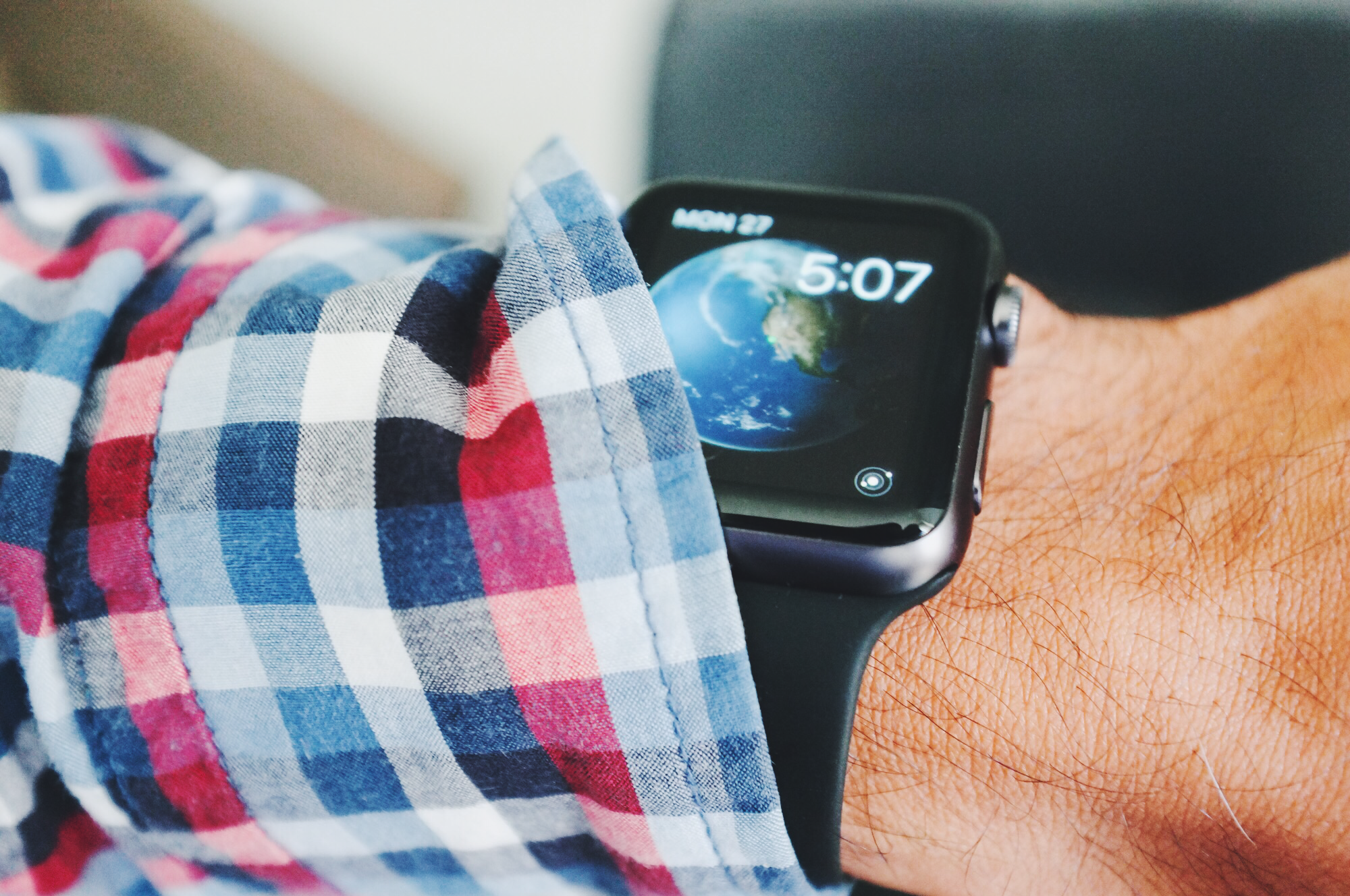
The Apple Watch Is Not A Gadget
I was fortunate enough to get an Apple Watch on the very first day they were being delivered. Since then, I’ve been wearing my Watch everyday, from the moment I wake up (around 5:30 AM) to the moment I go to bed around 11:00 PM (NBA Playoffs, man).
Since taking delivery, I’ve used my Watch for so many things. I’ve looked up directions and been routed from my wrist, I’ve exercised and logged my workouts, I’ve made and received phone calls, I’ve experimented with the various modes of digital touch, and I’ve even read and responded to text messages. Sure, there are some definite quirks, and there are a few things I think Apple needs to improve, but overall, I’m happy with the experience of this thing so far.
I’ve also come to realize something: The Apple Watch is not a gadget. Yes, it’s comprised of chips and sensors and an OLED display. Yes, it’s packed with all kinds of disparate (but unified) electronics. And yes, if you look at it on paper, it’s very easy to call this thing a gadget. But I’m here to tell you that, for all the things Apple Watch is, “gadget” is one thing it’s not.
Why?
Do you look at your microwave as a gadget? What about your refrigerator? Your lamp? Your garage door?
While a few of you might see these as gadgets, most people don’t, despite the fact that many of them have microprocessors, sensor arrays, communications antennas, and any number of other “gadget-like” components. The reason most people don’t look at them as gadgets is because they have a useful function and — even more to the point — we’re not often required to interact with them at length. We use the microwave for a minute and then we leave. We open the fridge, take out a cool drink, and close it again. We turn on the lamp and then turn it off when we’re done. These things are important tools. Gadgets, when referenced as such, are generally far more trivial in their utility. Gadgets are gimmicks.
Okay, not always. A lot of folks consider computers to be gadgets, and that’s fair. After all, with our laptops, tablets, and smartphones, we’re constantly forced to interact with these products. We’re touching them, pressing them, and clicking them throughout many parts of our day. We’re using with them, but we’re doing it in an engrossing manner.
The Watch, in my opinion, is more like the non-gadget appliances mentioned above. It’s simply not a device you’re supposed to interact with much. Sure, you’re going to do some scrolling, tapping, and touching, but it won’t be nearly on the same level as you would with a iPhone, iPad or iMac. In fact, I think that’s the entire purpose of the product — and the product category — itself.
In the few days of my ownership of Apple Watch, I have essentially forgotten that it exists on my wrist. I put it on in the morning, and when it needs my attention, it tells me. A tap on the wrist tells me my wife needs my attention. Another type of tap tells me to stand up. These aren’t situations where I’m sitting there engaged and fiddling with the Watch. Instead, the Watch allows me to concentrate on my work, letting me look at my wrist for literally one or two seconds only when I’m actually asked to. It’s pretty amazing.
As the functionality of Apple Watch expands, and as developers understand this product more, I think that minimally invasive model is going to create some challenges.
Seriously, how do you create an interaction that isn’t much of an interaction at all? How do you sell consumers on “less” when they’re almost all conditioned to want “more”? How do you turn one of the world’s most advanced and capable computers into a mostly passive appliance?
The answers to these questions are going to be equal parts fun and frustrating to find out.